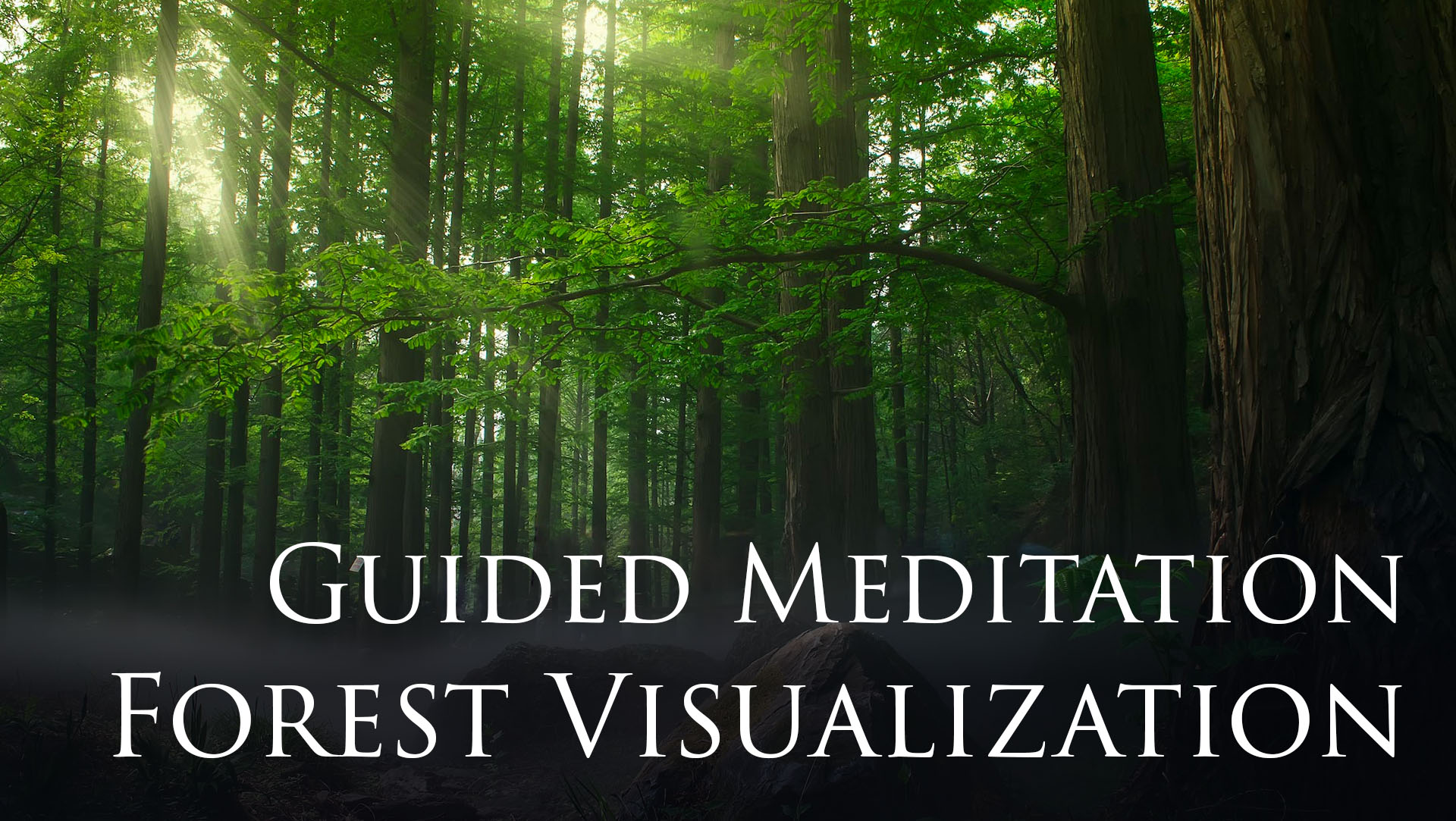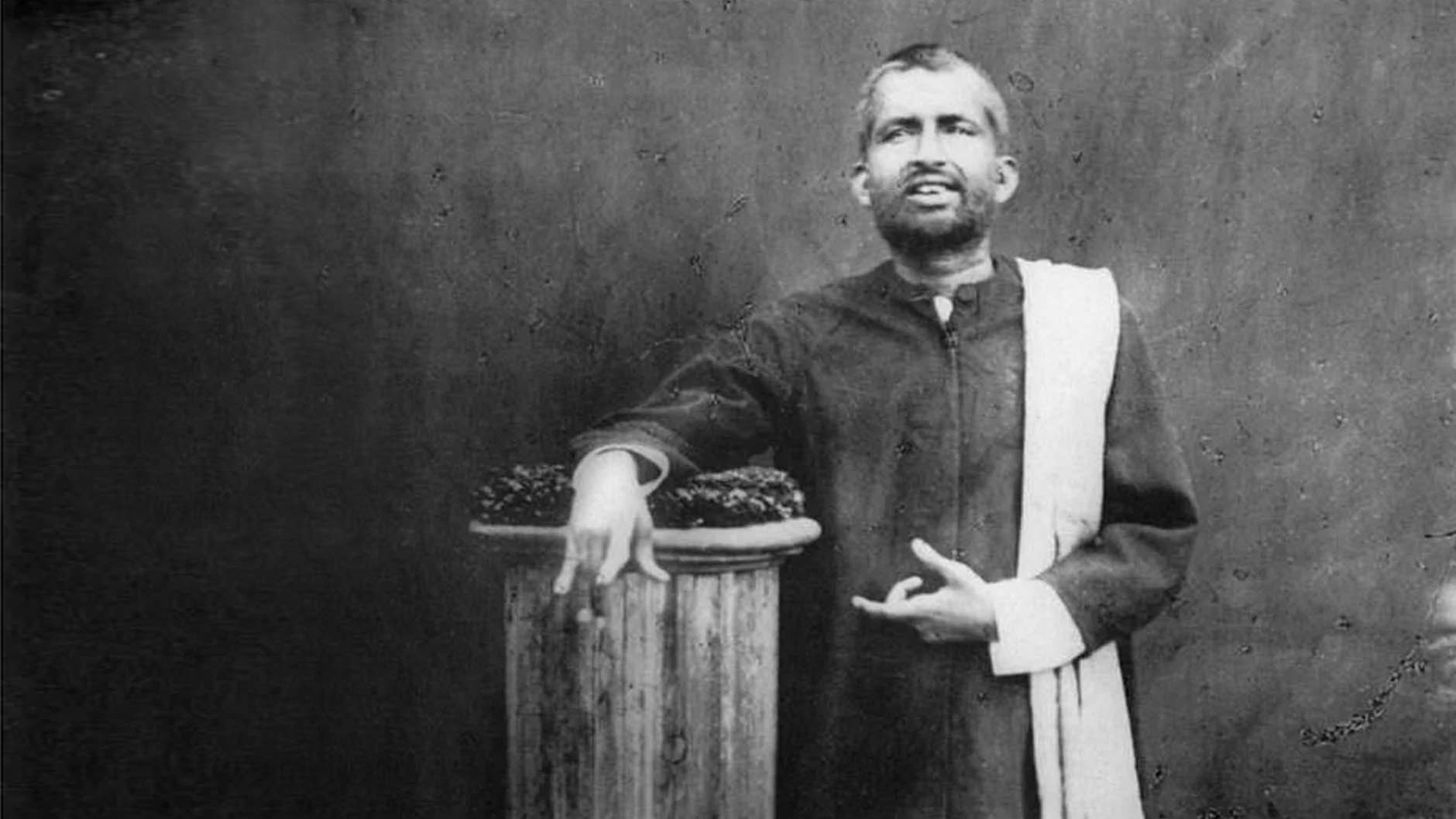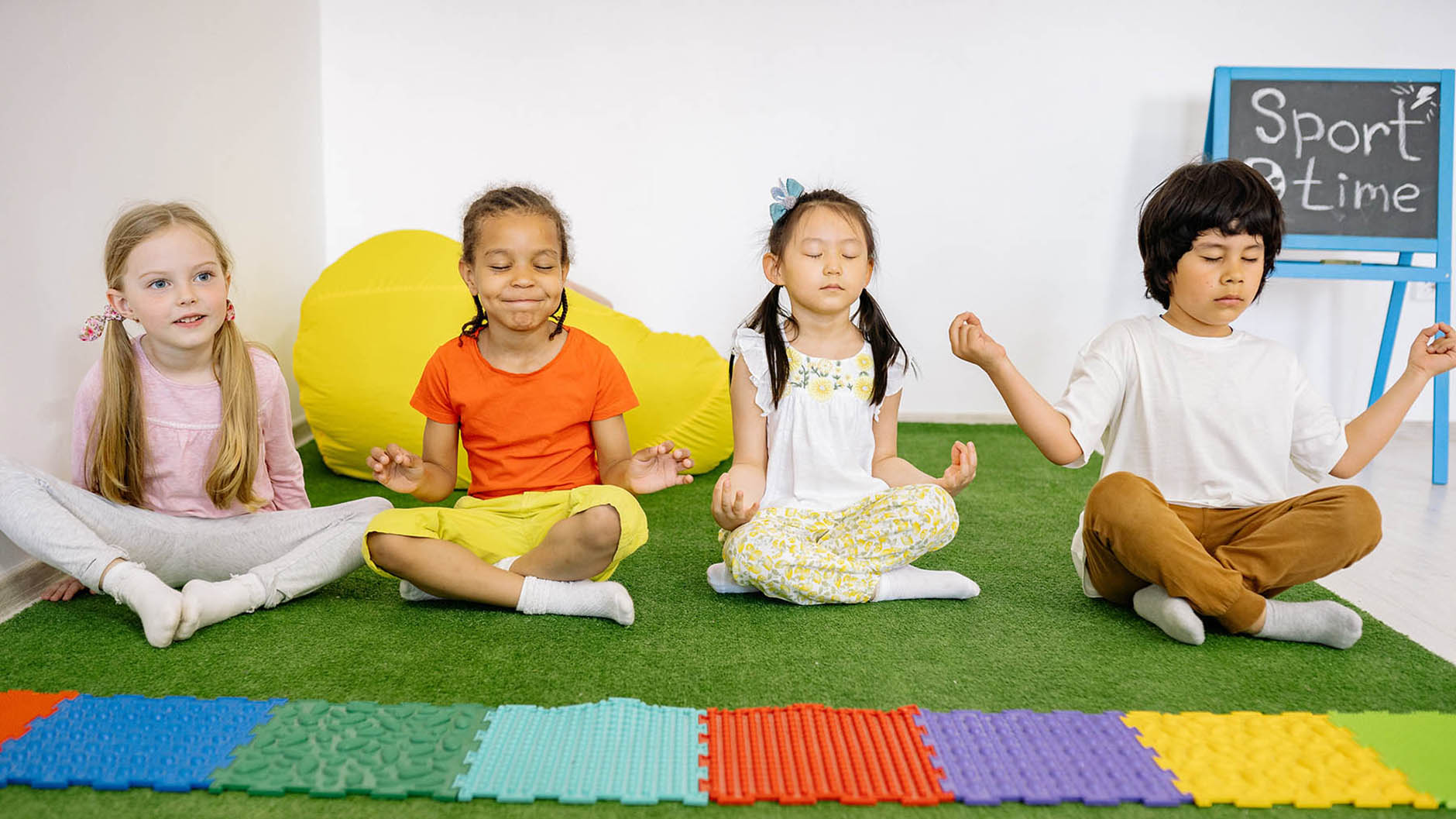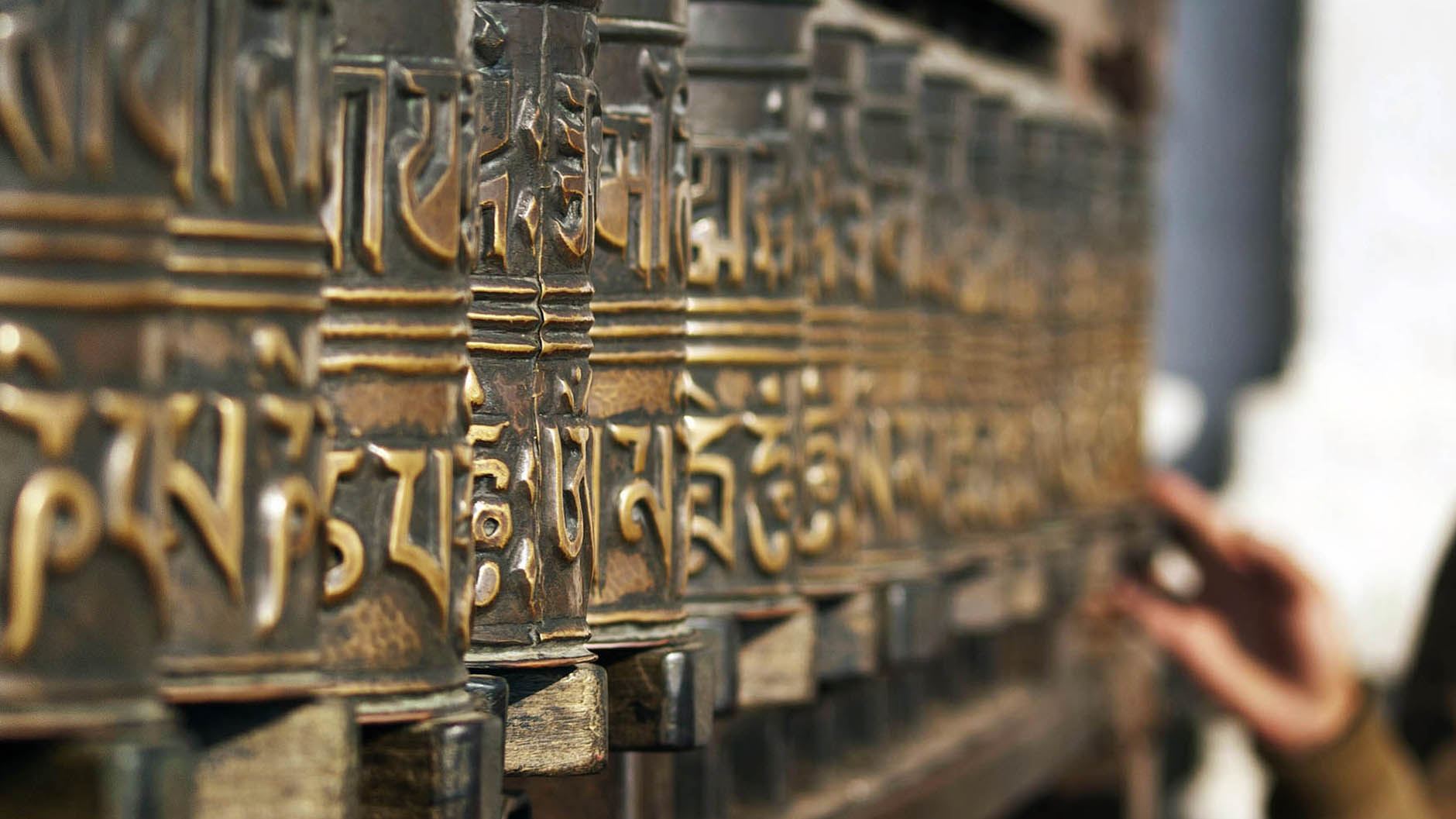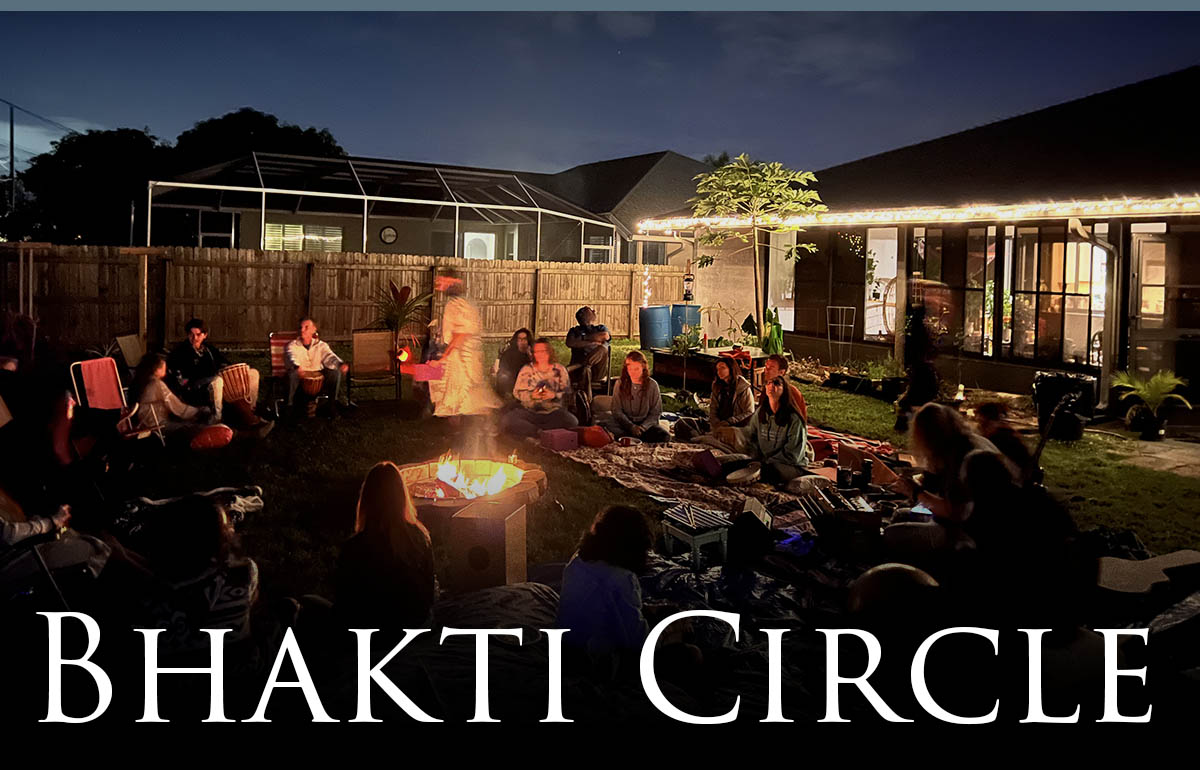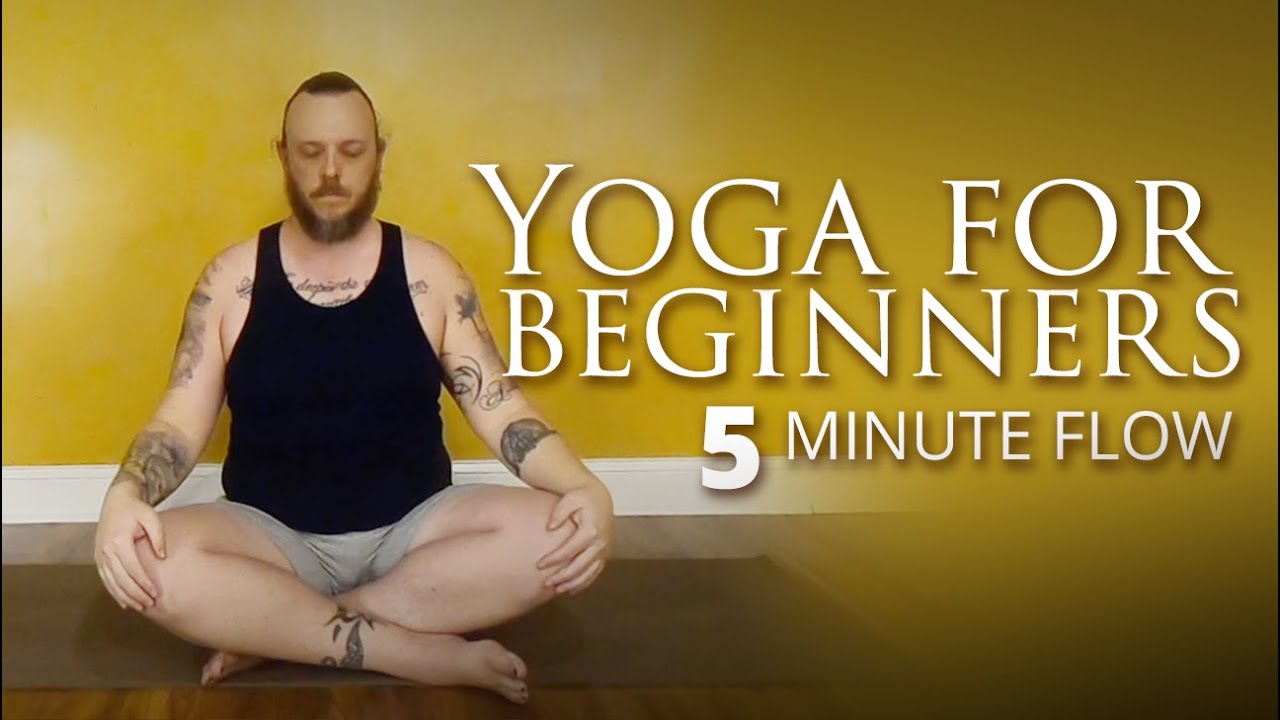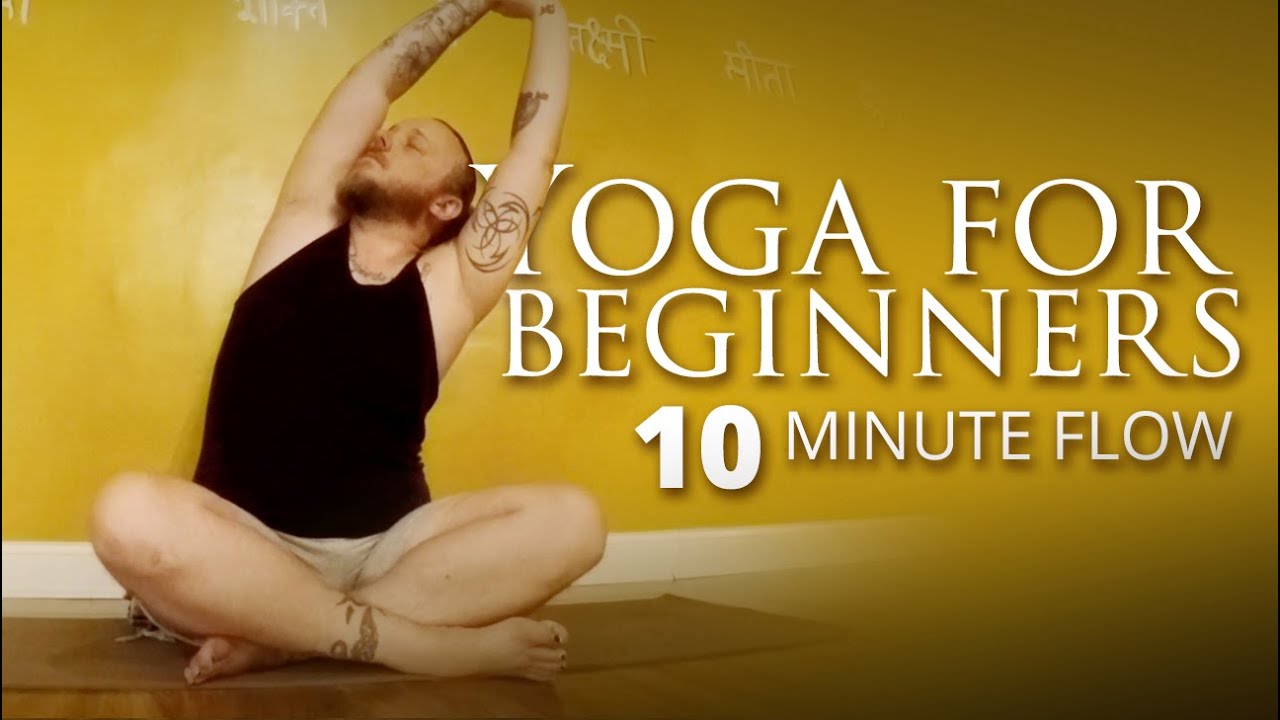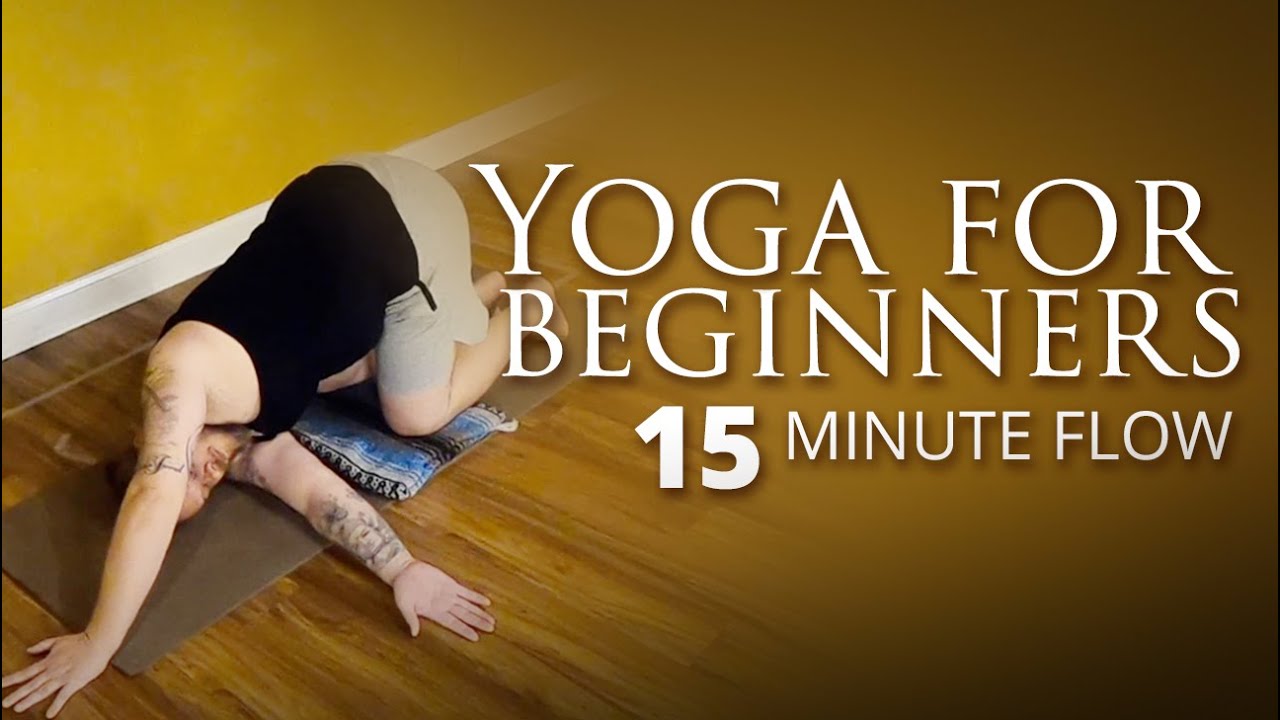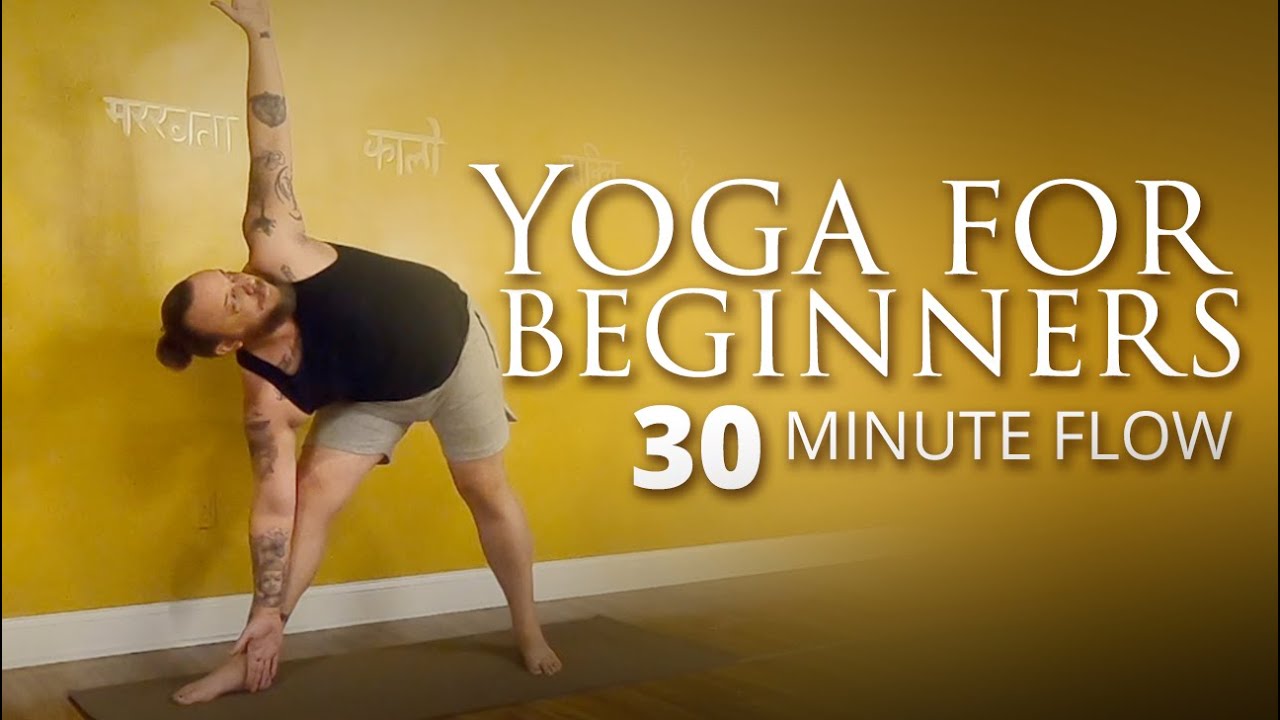In the realm of mindfulness and spiritual practices, chanting mantras has long been recognized as a potent tool for transformation and healing. Rooted in ancient traditions, the practice has found its way into modern therapeutic modalities, offering a harmonious blend of science and spirituality. This article aims to explore the profound impact of chanting mantras, particularly in the context of intention-setting mindfulness practices.

The Origins of Mantra Chanting
The word “mantra” is derived from two Sanskrit words: “man,” which means “mind,” and “tra,” which means “tool” or “instrument.” Thus, a mantra is essentially a tool for the mind, designed to elevate or transform consciousness. Originating from Vedic traditions dating back over 3,000 years, mantras were initially recited to invoke deities or natural elements. Over time, their application has expanded, and they are now used for various purposes, including personal development and spiritual enlightenment.
The Science Behind Mantra Chanting
Recent scientific studies have begun to validate what ancient traditions have known for centuries: the act of chanting mantras has measurable effects on the human body and mind. Neuroscientific research indicates that the repetitive sounds in mantra chanting can activate the vagus nerve, which plays a crucial role in regulating emotional responses. Furthermore, chanting has been shown to increase the release of endorphins, the body’s natural mood lifters, and reduce levels of the stress hormone cortisol.
Mantras and Intention-Setting
One of the most compelling applications of mantra chanting is in the realm of intention-setting. Intentions are like internal compasses that guide our actions and thoughts. They help us align with our true selves and the universe at large. When combined with the vibrational power of mantras, intentions become potent forces that can manifest real change.
Chanting a mantra while holding a specific intention in mind creates a focused energy that amplifies the intention. For example, if your intention is to cultivate more peace in your life, chanting a mantra like “Om Shanti Shanti Shanti,” which translates to “peace, peace, peace,” can be incredibly effective. The sound vibrations of the mantra, coupled with the mental focus on your intention, create a synergistic effect that can accelerate the manifestation of that intention.
Practical Application in Mindfulness Practices
Incorporating mantra chanting into your mindfulness practice can be both simple and profoundly impactful. Here are some steps to get you started:
- Choose Your Mantra: Select a mantra that resonates with you and aligns with your intention. It could be a word, a phrase, or a more complex chant.
- Find a Quiet Space: Choose a comfortable, quiet space where you won’t be disturbed. This will help you focus better on your practice.
- Set Your Intention: Before you begin chanting, take a few moments to set your intention clearly in your mind. You may even speak it out loud or write it down to make it more concrete.
- Begin Chanting: Start chanting your chosen mantra slowly and clearly. As you chant, keep your intention at the forefront of your mind.
- Be Mindful: Pay attention to the sound of your voice, the rhythm of the chant, and any sensations or emotions that arise. This is mindfulness in action.
- Close the Practice: After chanting for a few minutes, sit in silence for a moment, holding your intention in your heart. Feel as if it has already manifested.
Chanting mantras is a practice rich in history, spiritual significance, and scientific backing. Its integration into intention-setting mindfulness practices offers a holistic approach to mental, emotional, and spiritual well-being. As we navigate the complexities of modern life, such ancient practices provide us with practical tools to align ourselves with our true nature and the world around us.
By incorporating mantra chanting into your mindfulness routine, you’re not just engaging in an age-old spiritual practice; you’re also harnessing the power of sound and intention to create a life that aligns with your deepest desires and aspirations.




